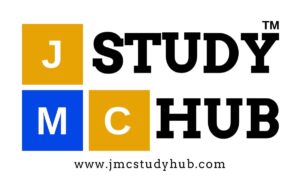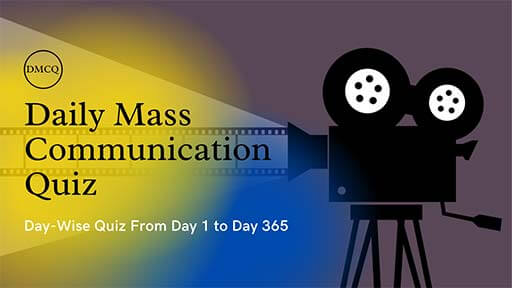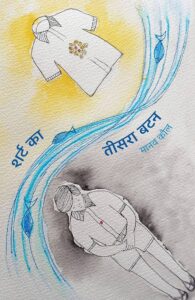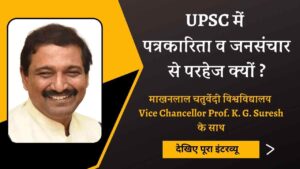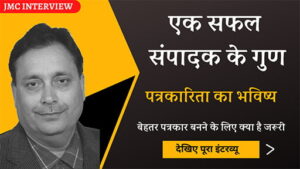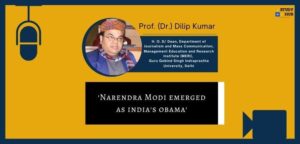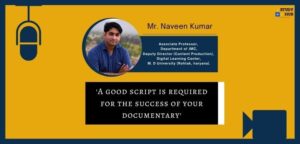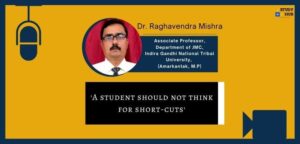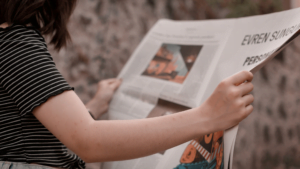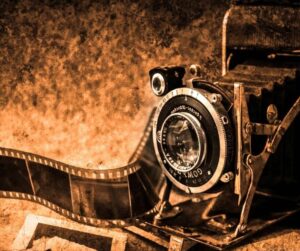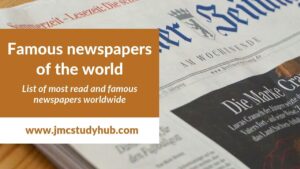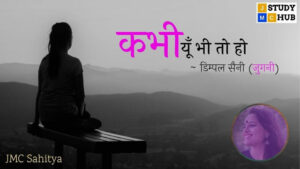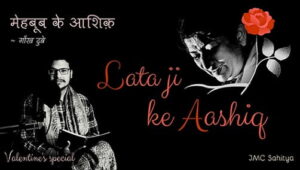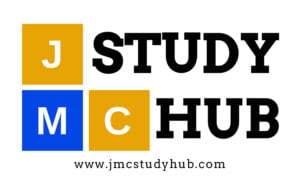Daily Mass Communication Quiz (DMCQ) boost your concepts through day wise solved quiz from the entire course of Journalism and Mass communication (JMC) with detail explanations.
Journalism and Mass Communication Objective Questions (DMCQ)
Q 1. Breaking news means ………………
(A) Telling about an event as it happens
(B) Unsigned articles that express a publication’s opinion
(C) Signed articles that express the writer’s reporting and his conclusions
(D) Online diaries kept by individuals or small groups
Correct Answer: (A) Telling about an event as it happens
Explanation: News of events that have taken place very recently or are in the process of taking place.
Q 2. The people or documents you use when reporting a story are called …………….
(A) Sources
(B) Interviews
(C) Reader
(D) Columns
Correct Answer: (A) Sources
Explanation: In journalism, a source is a person, publication, or other record or document that gives timely information. Outside journalism, sources are sometimes known as “news sources”.
Q 3. The first Bangla newspaper, Samachar Darpan, was published from ……………in 1818.
(A) Calcutta
(B) Serampore
(C) Madras
(D) Bombay
Correct Answer: (B) Serampore
Explanation: Samachar Darpan was a Bengali weekly newspaper published by the Baptist Missionary Society and published on 23 May 1818 from the Baptist Mission Press at Serampore in the first half of the 19th century.
Q 4. The first successful newspaper was the Boston News-Letter begun by postmaster ………………. in 1704.
(A) James Sprenger
(B) Piet Mondrian
(C) John Campbell
(D) Edward Cave
Correct Answer: (C) John Campbell
Explanation: Three hundred years ago on 24 April 1704, John Campbell, the postmaster of Boston, published the first issue of the Boston News-Letter. A small single sheet, printed on both sides, the News-Letter made history as the first continuously published newspaper in America.
Q 5. The Madras Courier was started in ……………………
(A) 1785
(B) 1789
(C) 1854
(D) 1885
Correct Answer: (A) 1785
Explanation: The Madras Courier is a 233-year-old news brand, launched on October 12, 1785, by Richard Johnston, who had earlier that year inspired The Daily Universal Register, the forerunner of The Times, London.
Q 6. Gandhiji started the ……………under the editorship of Mahadev Desai.
(A) Harijan
(B) Mumbai Herald
(C) Mumbai Samachar
(D) The Tribune
Correct Answer: (A) Harijan
Explanation: Mahadev Desai was an Indian independence activist and writer best remembered as Mahatma Gandhi’s personal secretary. Mahadev Desai first met Gandhi in 1915 when he went to meet him to seek his advice on how best to publish his book. He was also a regular contributor to Gandhi’s publications Young India, Navjivan and the Harijanbandhu.
Q 7. The telegraph was invented by ………………in 1835, that messages could be sent to long distances using a code.
(A) Samuel F. B. Morse
(B) John Pilger
(C) Edmund Burke
(D) Thomas Carlyle
Correct Answer: (A) Samuel F. B. Morse
Explanation: Developed in the 1830s and 1840s by Samuel Morse and other inventors, the telegraph revolutionized long-distance communication. It worked by transmitting electrical signals over a wire laid between stations.
Q 8. Which is the year of The French revolution?
(A) 1789
(B) 1790
(C) 1879
(D) 1889
Correct Answer: (A) 1789
Explanation: The French Revolution was a revolution in France from 1789 to 1799. The result of the French Revolution was the end of the monarchy. King Louis XVI was executed in 1793. The revolution ended when Napoleon Bonaparte took power in November 1799.
Q 9. Who were the first to invent the art of printing?
(A) Africans
(B) British
(C) Chinese
(D) Americans
Correct Answer: (C) Chinese
Explanation: Bi Sheng (990–1051) developed the first known movable-type system for printing in China around 1040 AD during the Northern Song dynasty, using ceramic materials.
Q 10. Who is the author of “The Jungle Book”?
(A) Tilak
(B) Amartya Sen
(C) Mahatma Gandhi
(D) Rudyard Kipling
Correct Answer: (D) Rudyard Kipling
Explanation: The Jungle Book (1894) is a collection of stories by the English author Rudyard Kipling.
